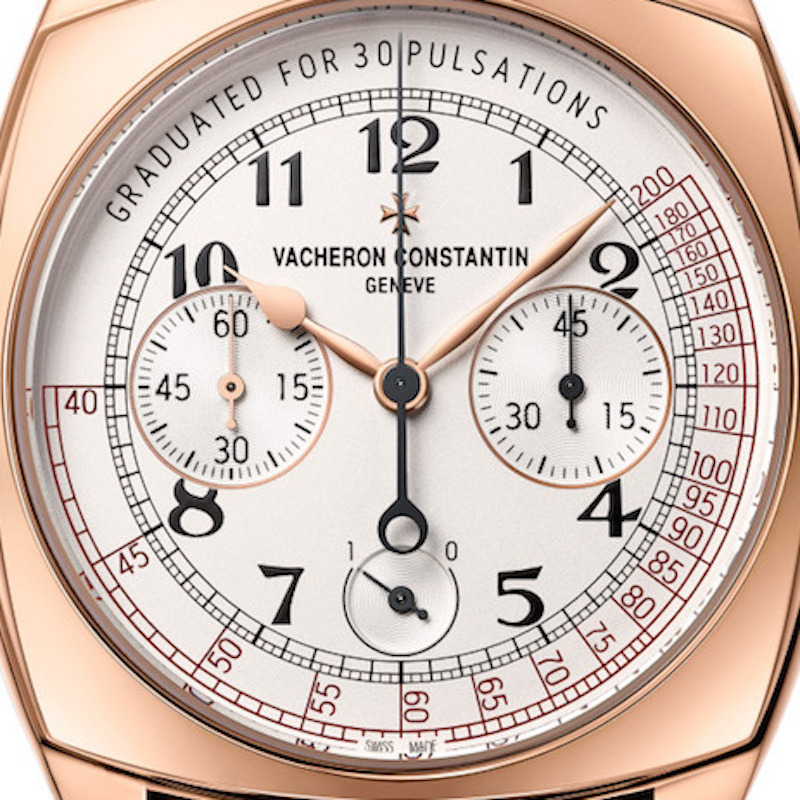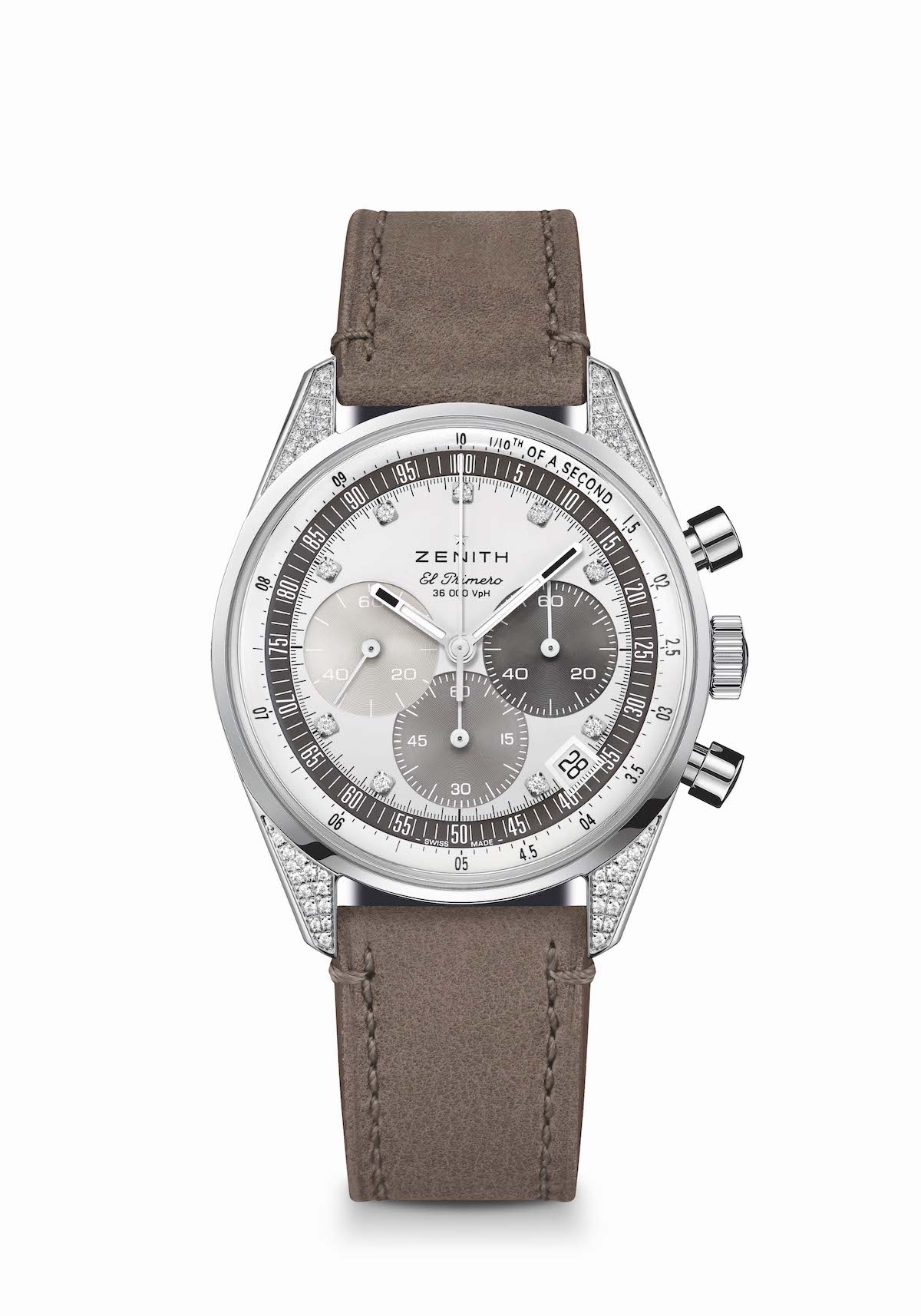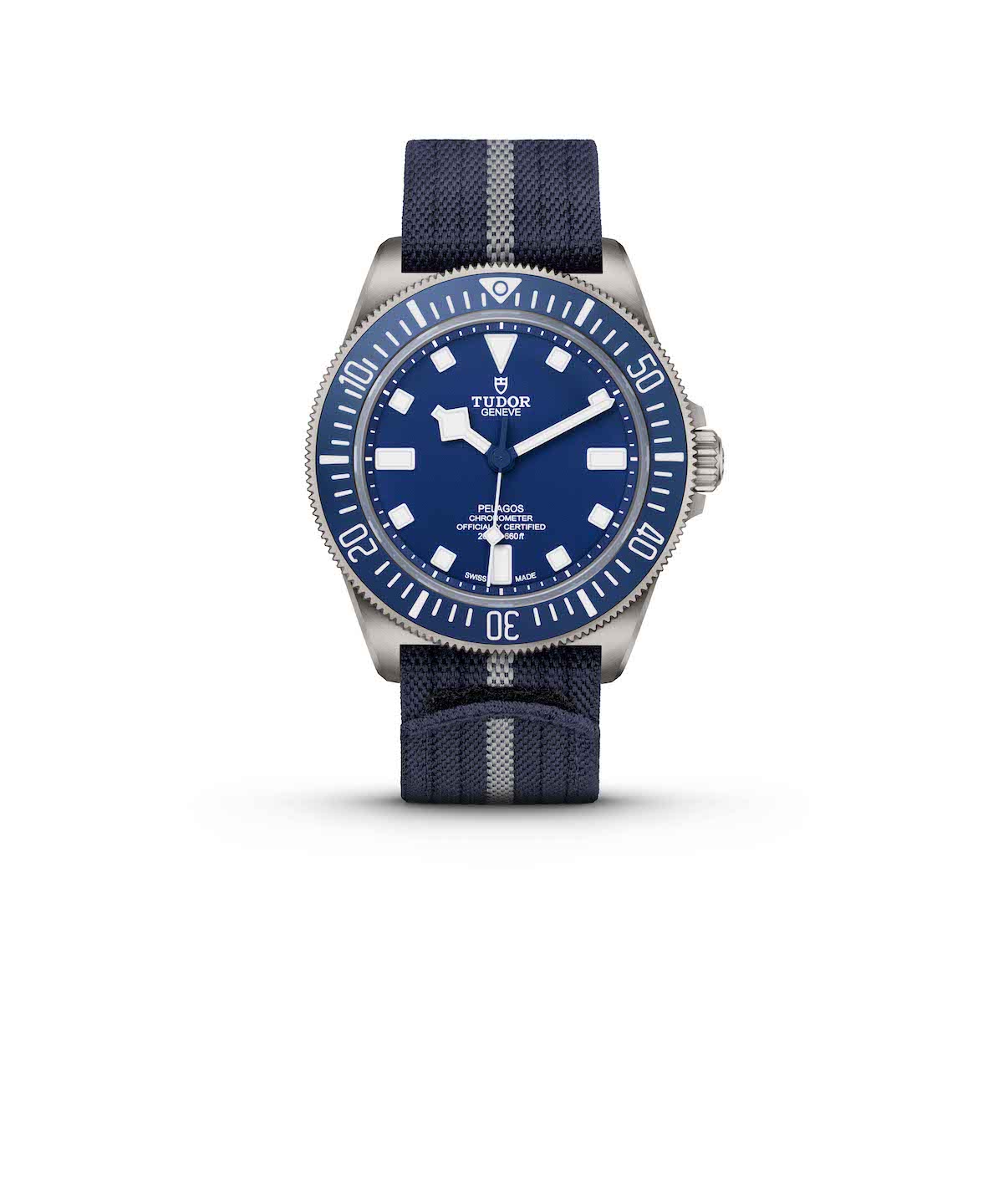
The dial of the Harmony Chronograph Pulsometer is a study in grand vintage reinterpretation
In the world of watchmaking, one term regularly rears its head and in so many different ways, each with a different meaning. Meet the watch world’s term, “meter.” The word has multiple meanings, depending on how it is used. Here, we offer a quick and simple guide to the most popular uses of the word as it relates to timepieces.
In the world of watchmaking, the word “Meters” seems to be somewhat overused — causing a little bit of confusion about what a chronometer, a telemeter, pulsometer and other types of meter watches really are. Here, we break it down to elementary descriptions for any novice. Let’s face it, not all meters are the same.
(This article from 2019 was updated on January 31,2022)

Tudor Black Bay watches are COSC-certified chronometers and are water resistant to 200 meters.
Meter: As a free-standing word, meters refers to depth. A watch is water resistant to a particular number of meters. There are approximately 3 feet to a meter, so a watch that is water resistant to 100 meters, for instance, is water resistant to almost 300 feet.
Diameter: As with other facets of life, the diameter of a timepiece refers to its size from side to side.

The Zenith Chronomaster with tachymeter bezel and diamond lugs offers hours and minutes in the centre. Small seconds at nine o’clock. 1/10th of a second Chronograph: central chronograph hand that makes one turn in 10 seconds, 60 minute counter at six o’clock, 60 second counter at three o’clock.
Altimeter: Usually found in pilot’s watches, the altimeter measures altitude.
Tachymeter: This is generally a scale that, much like a car speedometer, allows for measuring speed on a chronograph watch. Generally, a tachymeter scale is found on the bezel of the watch or on an inner chapter ring.
Pulsometer: As its name implies, the pulsometer function on a watch enables one to measure heart beats. The user starts the chronograph when he or she feels the first pulse and then counts 15 or 30 pulse beats before stopping the chronograph. The seconds hand points to the corresponding number of heart beats per minute.

Tachymeters measure speed or distance
Telemeter: This feature on a chronograph watch enables the wearer to calculate distance in relation to the wearer by using the speed of sound. It sounds a bit daunting to use at first, but is generally simple (depending on the watch). The wearer starts the chronograph when the event begins, and stops it when the event ends. The seconds’ hand points to the telemeter scale that approximates the distance from the wearer and the event.
Chronometer: A chronometer is not a tool, per se, that offers a calculation. Instead, it is a watch whose movement has passed a series of intense timing tests under different conditions (heat, humidity, pressure, etc.) and is deemed to accurate enough to receive an official chronometer certification by the testing facility. The most well-known Swiss facility, Swiss Chronometer Testing Institute, offers the COSC certification, but other testing observatories exist.

Tudor Pelagos FXD certified chronometer





